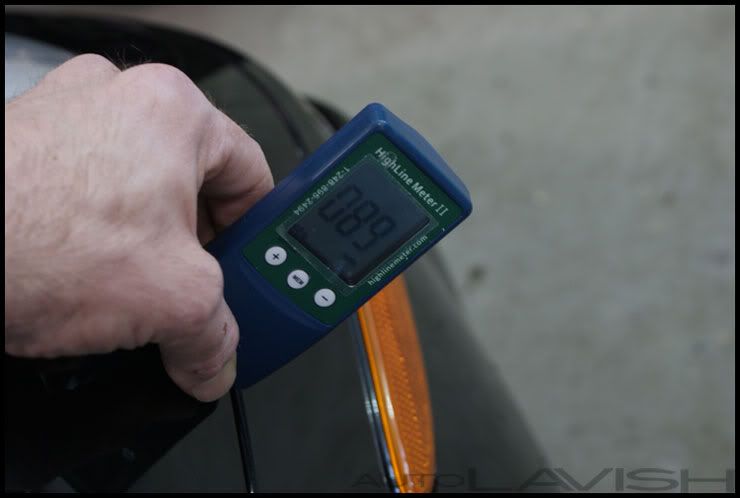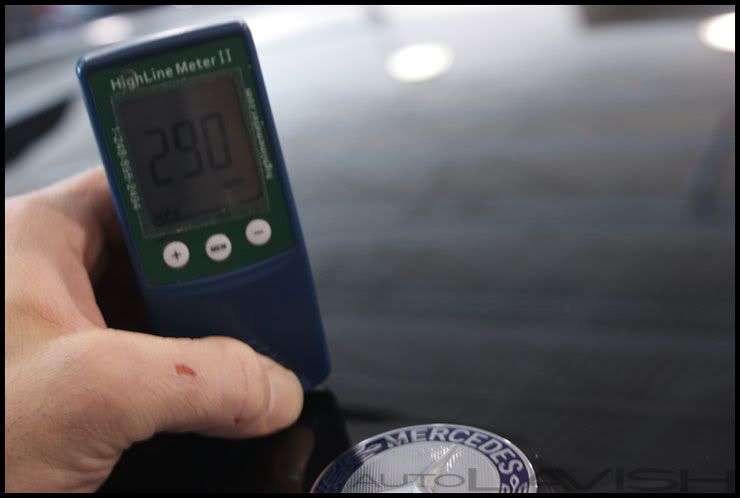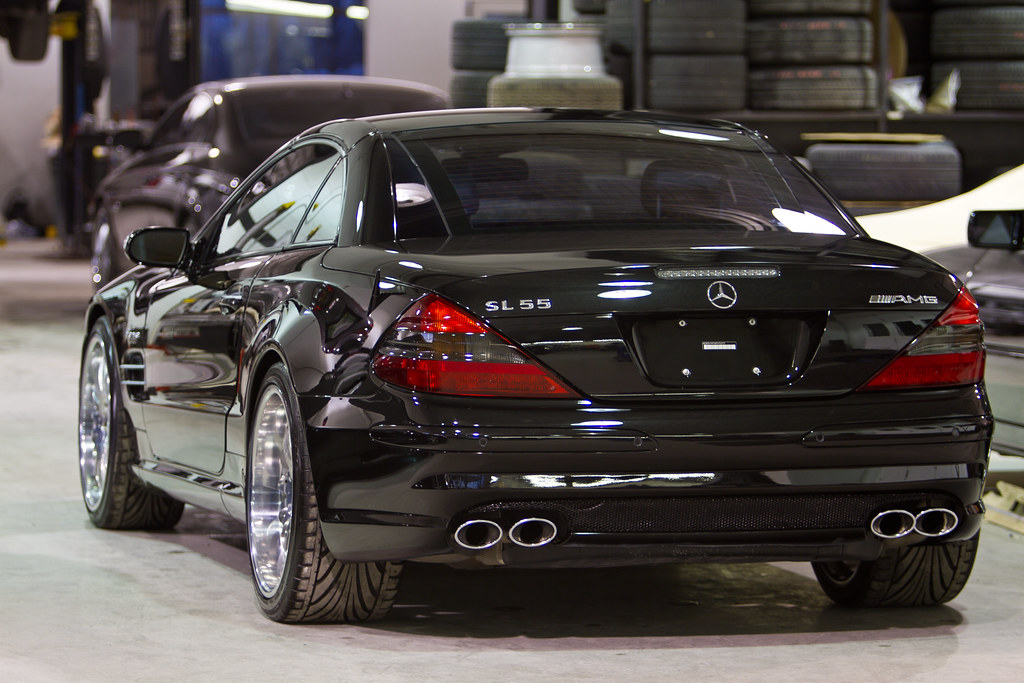Can you go into detail about the paint thickness thing? That's one aspect of detailing that I'm not familiar with. When you measure it what are you looking for? If you get a number or reading that you're not happy with, what steps do you take to correct it? Why are you concerned with paint thickness to being with? :thumbsup: Great job, by the way. I was floored when I first browsed through this thread.
I'd give you a hug if I could.
This is one of the best questions I've been asked across multiple boards recently, and while some might understand it already, I'm sure some other owners have the same question.
Measuring the thickness of the paint gives us an idea of the consistency of the finish we're working with. We're not looking for all the numbers to be generally the same, but rather we're looking for inconsistencies that could potentially cause problems.
We measure in microns (thousandth's of a millimeter) so even ultra precise multi-million dollar robots the paint cars will usually have a change of 5-15 microns across a panel. This is normal and isn't what we're looking for.
Further, these devices only work on metal panels, and are only measuring the total thickness of the paint. Your steel door, for example, has e-coat (rust protecton), primer sealer (for better adhesion of the next layer / uniform color), base-coat (color layer), and clear-coat (gloss / shine and durability). We're only polishing the clear-coat, which is somewhere between 40-60% of the total thickness of all layers typically. Because you're not measuring the individual clear-coat layer, you're just looking for an idea of the paints over-all health.
A certain area on the car might have a deeper or more significant looking scratch. Additional polishing means you're removing additional clear-coat. There's a balance between removing defects, and leaving the paint healthy enough for future polishing sessions. The way we work is to not just leave enough clear-coat for an additional polishing session or two, but potentially two+ dozen more polishing sessions depending on many different factors. Bigger correction jobs usually result in 2-5 microns of clear being removed (most often only 2 or 3 microns though).
For an example of the type of change we're looking for, I offer this example from a 600+ hp sapphire black SL55 AMG we worked on.
Here is the driver's side rear fender:
And here is 3 or 4 inches away on the driver's side door:
We quickly realized the fender had been repainted (as had many other areas) and was over twice as thick as other areas while the OEM paint was quite thin
Without taking readings, you might incorrectly assume both panels were very similar.
Here are two more readings from the same car:
The way you might want someone to exercise additional caution if they ran into this on your car is the way we work as well. If a panel is thin, you have concrete evidence for yourself and the owner as to why it might be best to not go after a couple remaining scratches.
In the end, we were less interested in perfection of the OEM panel as we were in making a positive difference while preserving those sections of clear-coat for the future. The result was still shocking and the owner was excite.




